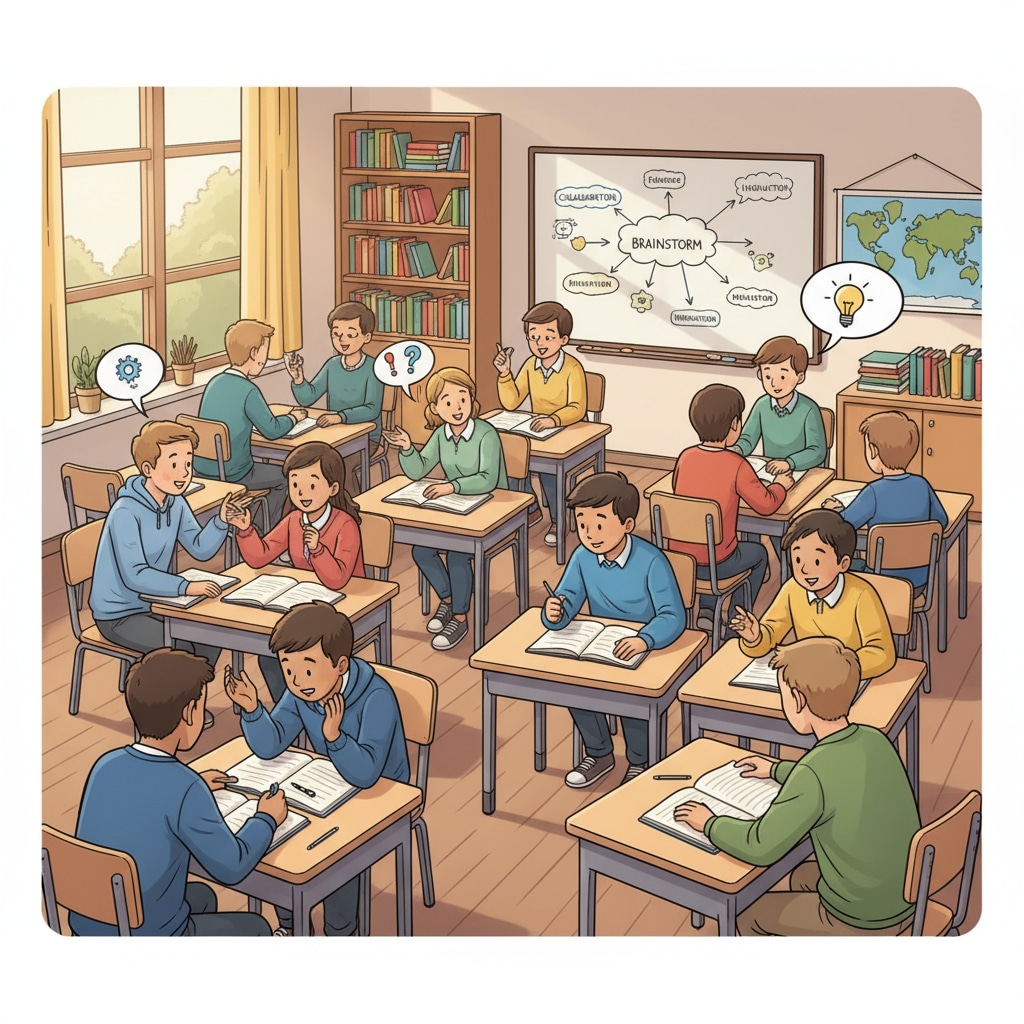Ultralearning, with its innovative learning methods and focus on self-directed learning, offers a revolutionary approach for K12 students. In the book Ultralearning, there are nine core learning strategies that can be effectively applied in the K12 education scene. These strategies are the key to helping students build strong self-directed learning capabilities and systematic learning methods.
Understanding Ultralearning Basics
Ultralearning is not just about cramming information. It’s a holistic approach that emphasizes deep understanding and practical application of knowledge. For K12 students, grasping the basics of ultralearning means shifting from passive learning to an active engagement with the material. For example, instead of simply listening to a teacher’s lecture, students can start asking questions, exploring related topics, and making connections. Learning theory on Wikipedia provides a great foundation for understanding different learning models related to ultralearning.

The Power of Meta-Learning
Meta-learning is one of the crucial aspects of ultralearning. It involves learning about how to learn. K12 students can benefit greatly from meta-learning by identifying their learning styles, strengths, and weaknesses. Once they are aware of these, they can tailor their study methods accordingly. For instance, a visual learner might use mind maps and diagrams to better understand complex concepts. As a result, they can become more efficient learners. Learning psychology on Britannica offers in-depth insights into meta-learning.

Another important strategy is focus cultivation. In today’s digital age, distractions are everywhere. K12 students need to learn how to focus their attention on the task at hand. This could involve creating a distraction-free study environment, setting time limits for tasks, and practicing mindfulness techniques. By doing so, they can enhance their learning efficiency and retain information better.
Experimentation and innovation also play a significant role in ultralearning. Students should be encouraged to try new learning methods and approaches. Maybe they could form study groups, use educational apps, or participate in online courses. This way, they can discover what works best for them and continuously improve their learning experience.
Readability guidance: As we can see, by following these strategies, K12 students can truly master the art of ultralearning. Each strategy builds on the others, creating a comprehensive learning framework. Using short paragraphs and lists, like we have here, helps to clearly present the key points. We’ve also maintained a good balance of sentence lengths and used active voice to keep the content engaging. Transition words have been scattered throughout to ensure a smooth flow of ideas.


